Ghostly Weavings and Ethereal Threads: Lenore Tawney
American fibre artist Lenore Tawney is world renowned for her ghostly, ephemeral weavings and tapestries, which emulated the ethereal forces of nature, such as water, translucency and light. From the 1960s onwards she was one of a generation of textile artists including Anni Albers and Sheila Hicks who dissolved the boundaries between textile design and art, pushing the process of weaving in daring and experimental new directions. She played with openwork, gauze weaving, and suspended threads, which she invested with the introspective spiritualism of zen Buddhism, noting, “You first have to be in touch with yourself inside very deeply in order to do something, to discover this place is our aim. I want to be under the leaf, to be quiet until I find my true self. I sometimes think of my work as breath.”
Lenore Tawney was born in Ohio in Lorain on Lake Erie, near Cleveland in 1907 as Leonora Agnes Gallagher. After leaving school she worked in a factory sewing men’s suits. At the age of 20, she moved to Chicago, where she worked itinerantly as a waitress and proofreader while studying art classes at the Art Institute. During her early years in Chicago, the artist met and married the psychologist George Tawney, but their relationship was cut tragically short when he died just one year into their marriage.
Following her husband’s death, Tawney spent the next decade studying within the fields of art practice. She trained in art therapy at University of Illinois, followed by fine art at the Chicago Institute of Design, where she studied drawing with Hungarian painter and photographer Laszlo Moholy-Nagy, sculpture with Ukrainian Cubist Alexander, painting with the American abstract expressionist painter Emerson Woelffer, and weaving with German textile designer Marli Ehrman. She then went on to train with the Finnish weaver Marta Taipale at the Penland School of Crafts.
During the late 1940s, Tawney purchased a floor loom, and she spent the following years developing a weaving practice, toying with how to create open weave tapestries with wool, linen and silk. Avant-garde, Bauhaus principles underpinned her practice during this time, which emphasised rock-solid skills with playful experimentation. Tawney also travelled widely during this time, visiting Europe, North Africa, South America and the middle East, avidly collecting objects and items that would feed into her practice including found items such as eggs, feathers, stones and shells, as well as carvings, beads, bowls and implements.
At the age of 50, Tawney made a departure from what was a fairly comfortable, middle-class life in 1957, abandoning her worldly possessions for a simpler, more ascetic way of living. She noted, “The truest thing in my life was my work. I wanted my life to be as true. I almost gave up my life for my work, seeking a life of the spirit.” She headed for New York City, settling in the Manhattan artist community building Coenties Slip, where she lived and worked alongside various pioneering artists including Agnes Martin, Robert Indiana and Barnett Newman. Here she was able to fully invest her entire life into her art, which she infused with her interests in Buddhism and meditation. She noted of her process, “I’m not just patiently doing it. It’s done with devotion.”
The move was to be the making of Tawney’s career – throughout the 1960s she earned a widespread following for her delicate, shimmering tapestries with airy, spatial qualities, hung suspended from the ceiling to create curtains of glistening light. In the 1960s Tawney learned ancient Andean gauze weaving techniques which gave her a deeper understanding of how to create layered, complex warp structures. She also began introducing elements of braiding, feathers, and metal into her suspended weavings and fibre art constructs, and toyed with open warps, layers, insertions and free-ranging threads, as seen in works including Floating Shapes, 1958, Vespers, 1961, and the later Cloud Labyrinth, 1983. “All my work,” she observed, “should be hung out from the wall, as space or breathing is part of it.”
Tawney remained in New York up until her death in 2007, where she was able to establish her name as a world-leading fibre artist. In 1989 she established the Lenore G. Tawney Foundation for charitable and educational purposes, and it remains a fitting and vitally important legacy for the life and work of an artist who shaped the practices of so many to follow.





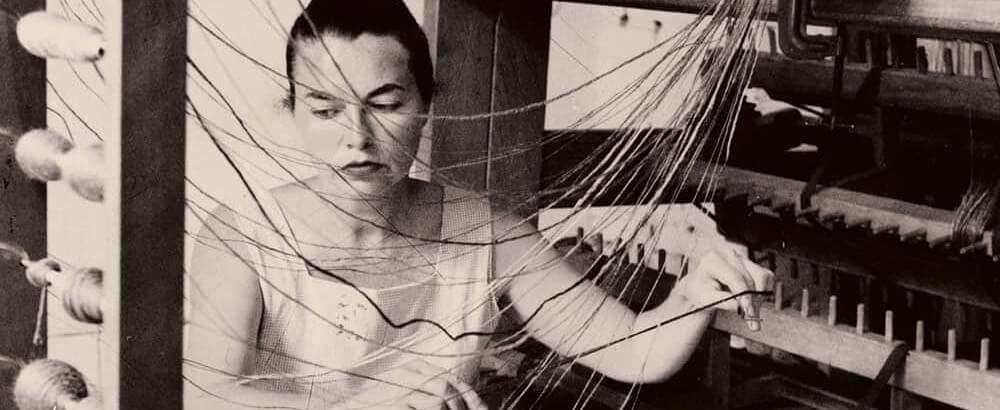
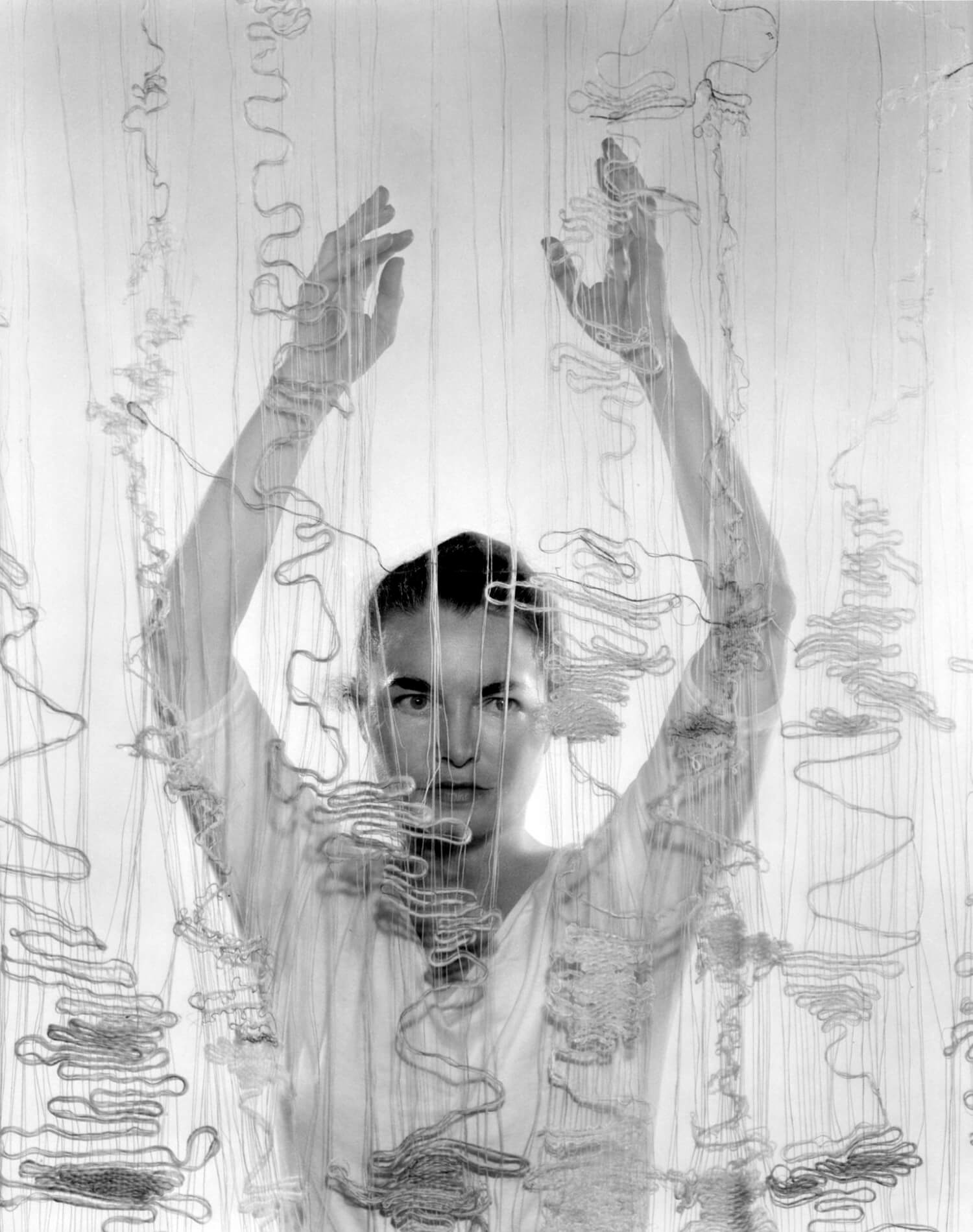
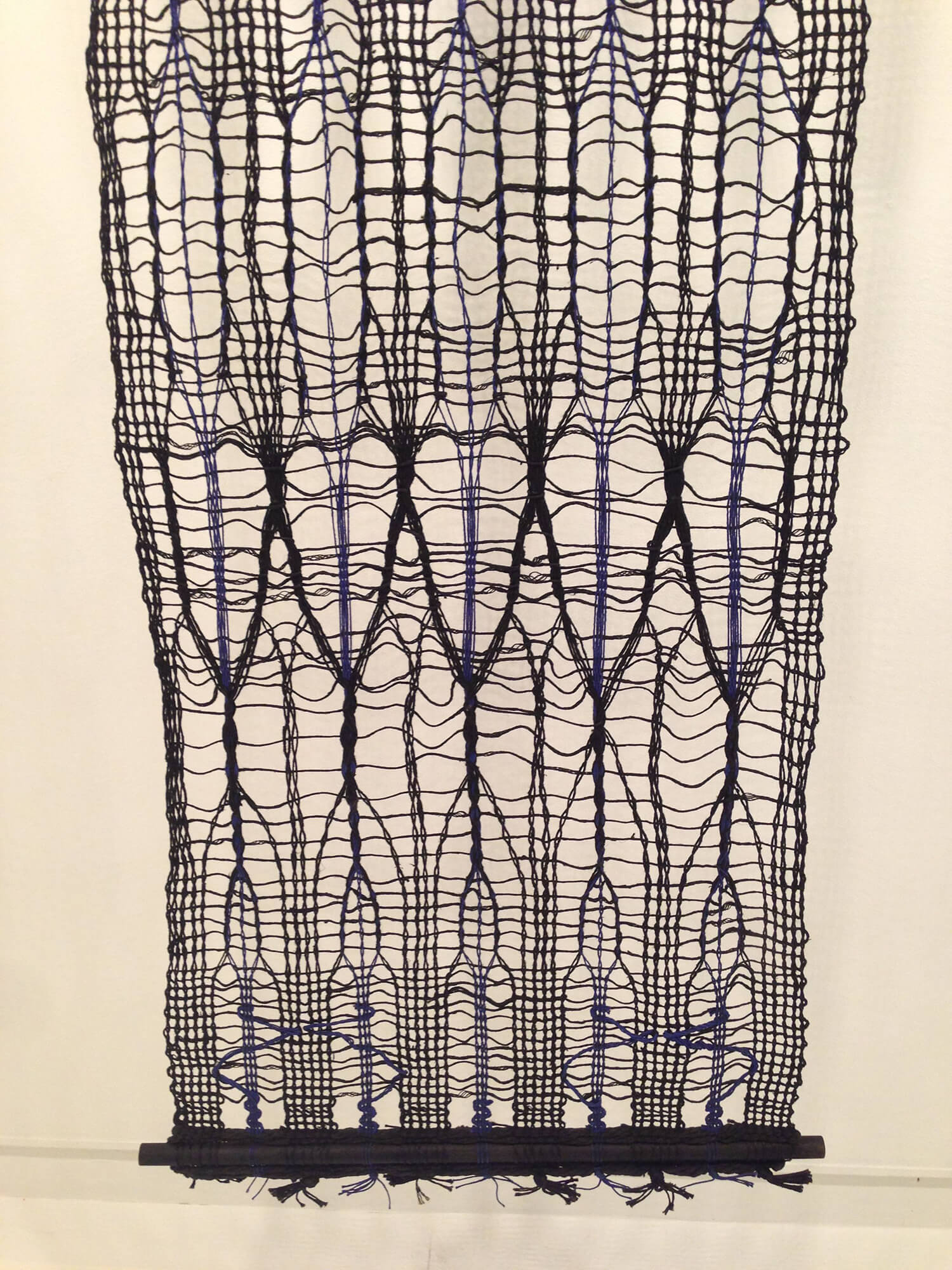
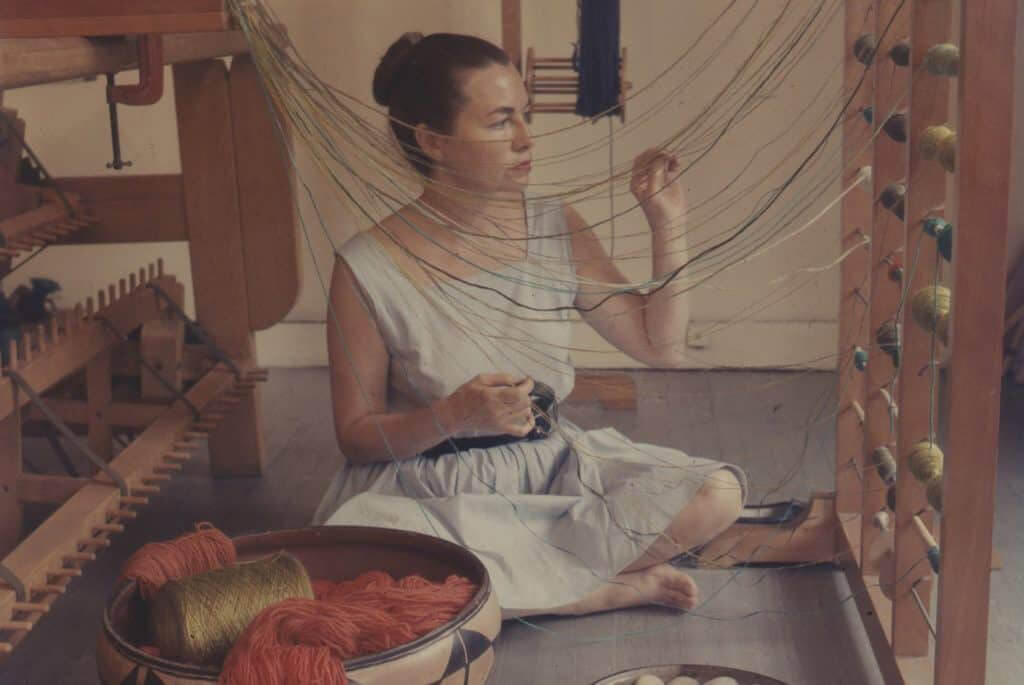
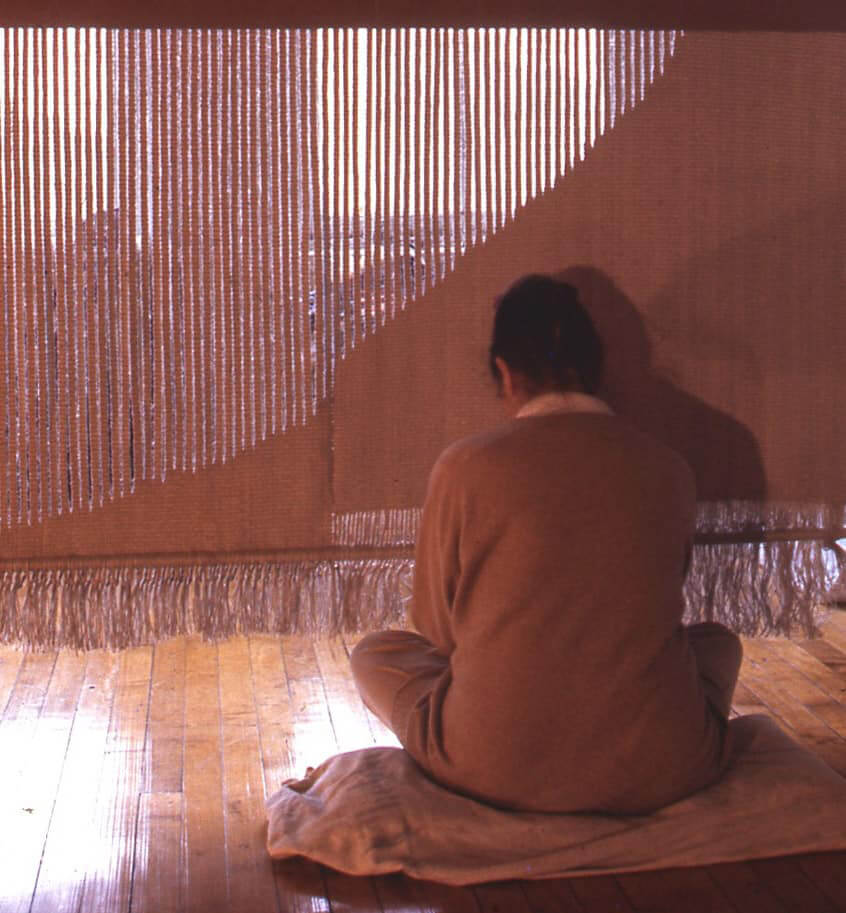
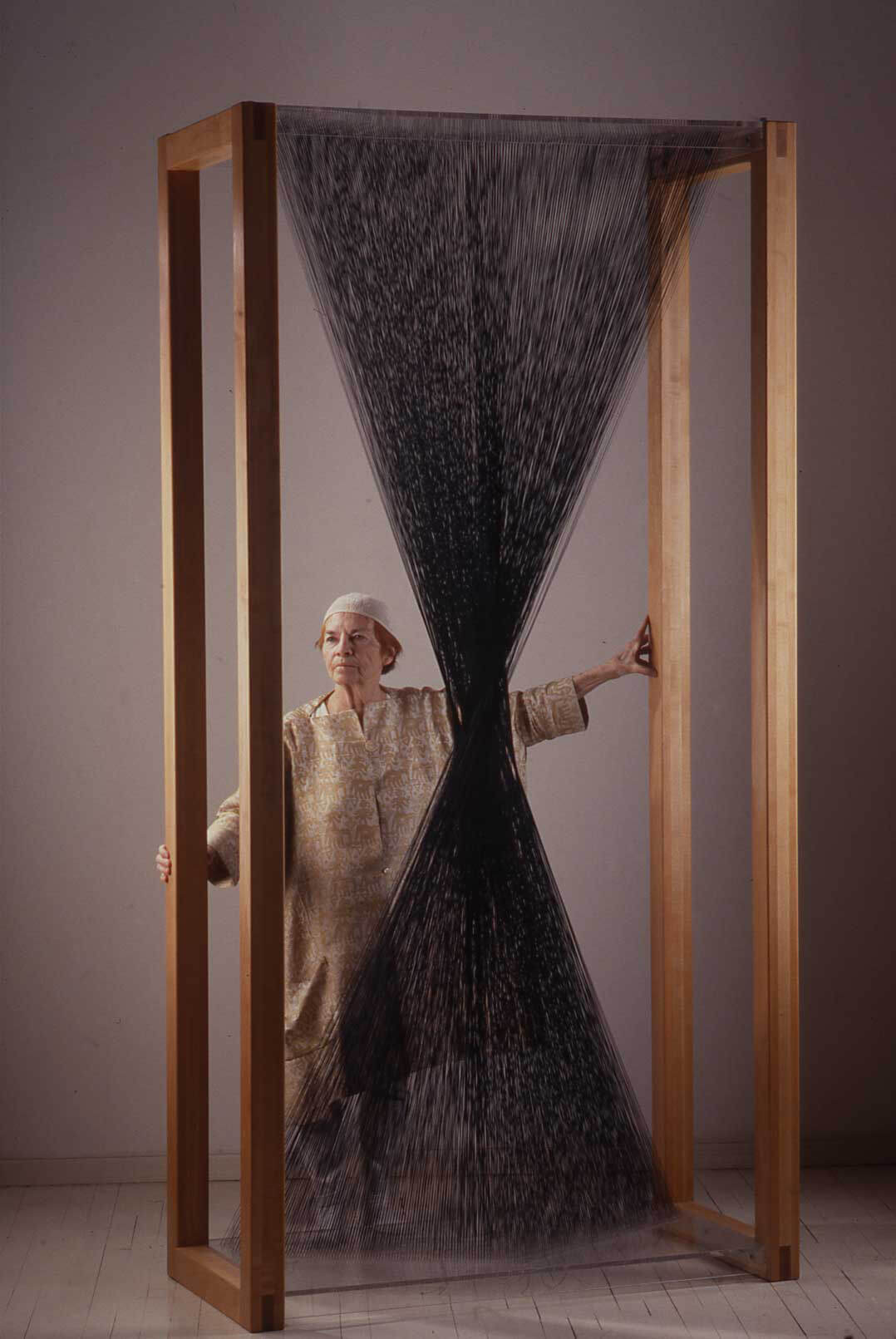



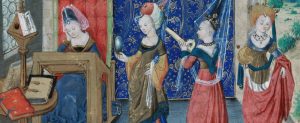
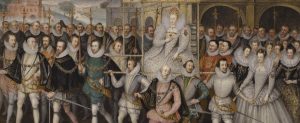





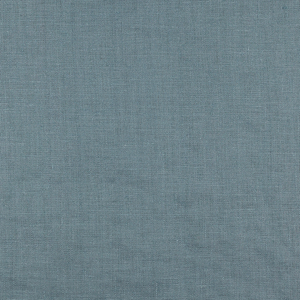














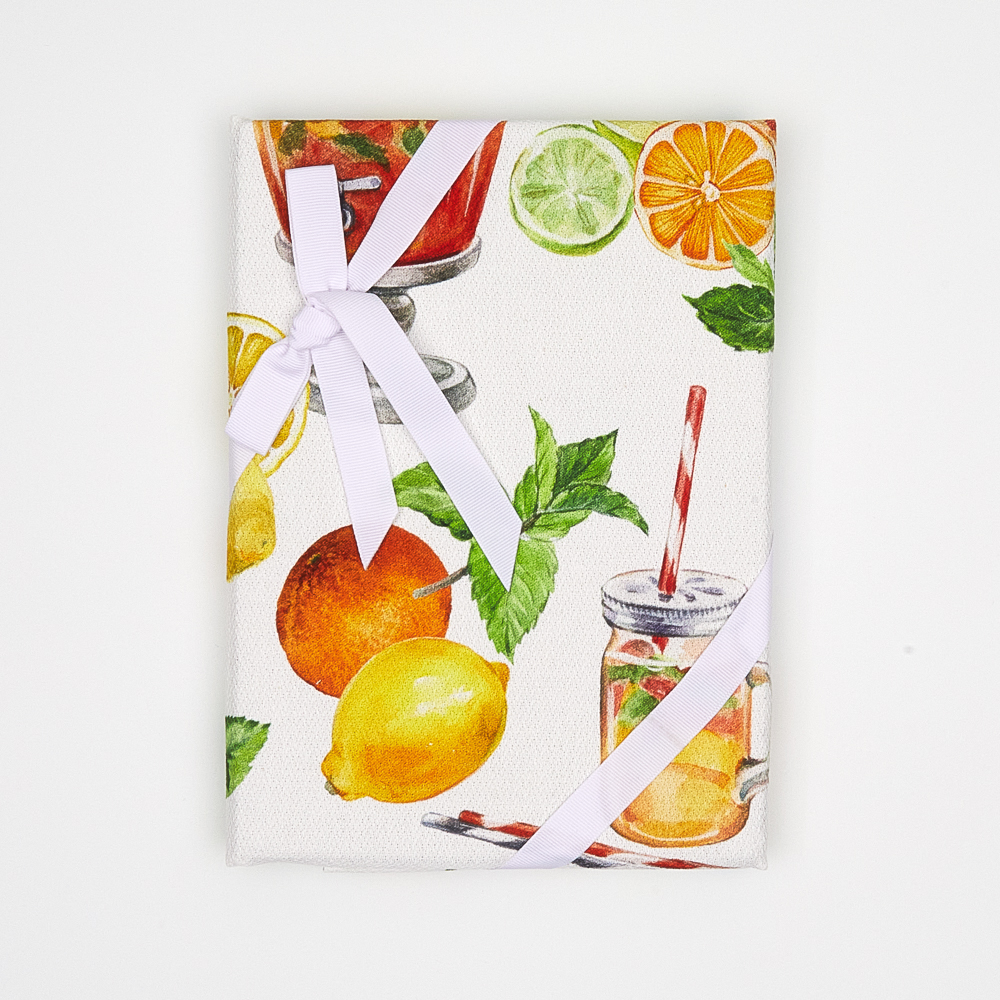






One Comment
miao kuancha
Wow. What an amazing woman. What an amazing life. I really appreciate this blog. Many very fascinating articles are shared here and it’s a nice thing to find in my inbox. Thank you to all you folks at FabricsStore.com